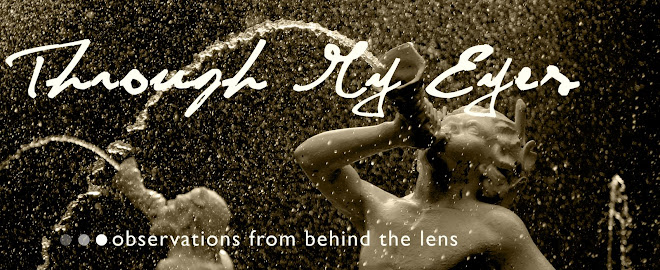Before his death, Kinkade declared himself "America's most-collected living artist". Humble, eh? Supposedly, one out of every twenty homes in
 America has a Kinkade painting or print. Through mail orders and hundreds of franchised galleries, Kinkade sold paintings, prints, throw blankets, coffee mugs, calendars, and various other “collectables”. He even had a book ghost-written about one of his idyllic villages, which he later had made into a movie.
America has a Kinkade painting or print. Through mail orders and hundreds of franchised galleries, Kinkade sold paintings, prints, throw blankets, coffee mugs, calendars, and various other “collectables”. He even had a book ghost-written about one of his idyllic villages, which he later had made into a movie.While perusing his works online, it became obvious to me that his painting style evolved—and for my tastes not for the better. Oddly, he painted from 1984 to 1990 under the name Robert Girrard, presumably to allow him to experiment with French impressionism. According to his website, it allowed him to use more colors. I'm not sure why "Thomas Kinkade" couldn't experiment at that point with color. Some of these paintings are quite good, lacking the commercial feel of his modern work. Apparently Kinkade thinks so, too. In the Girrard section of his website, Kinkade’s website claims, “The beauty of these paintings can be compared to the likes of Monet and Van Gogh.” Once again, at least he's humble.
And then there’s the light. At some point, Kinkade developed a style of infusing every painting with a trademark “light”—literally. He trademarked “Painter of Light”, as if he were the first and only artist to discover and use light in a composition. His saccharine paintings of cozy cottages, chapels, and creeks set amid a perpetual pink and purple spring are as typecast as William Shatner. Each comes with an inner glow—the light—that seems to come from everywhere and nowhere. Like several critics have observed, there is seemingly a large brushfire behind every cottage or chapel.
For me, the incongruity of art versus income is captivating. For Kinkade, perhaps it was consuming. According to his brother, he had an alcohol problem and had started drinking again prior to his death, in part, because of the impact art critics had on him. But did critics vilify his work because it was schlock, or because of his brazen commercialism? Or both? We romantically think of artists as starving eccentric geniuses who denied themselves while searching to master their medium. Many of history’s great artists, from Michelangelo on, had patrons. Michelangelo, like Kinkade, was a very wealthy man. But the mystique that society places on a Monet or Van Gogh vanishes once prints with custom framing appear online.
A few minutes of browsing through Thomas Kinkade’s website reveal the level of kitsch to which his work had ascended, or descend. The same critics who have castigated his work for years can’t like the litany of Disney, Gone With the Wind (complete with a hidden Prissy and Mammy and Atlanta apparently burning in the background), and NASCAR series featured for sale. Time will tell if the value that millions have placed in Kinkade’s work was warranted. One Kinkade print or painting in every twenty homes in hardly a niche. Of his own work, Kinkade said, “There's been million-seller books and million-seller CDs. But there hasn't been, until now, million-seller art. We have found a way to bring to millions of people, an art that they can understand.” That speaks volumes about the artist and his customers.
Chances are good that Kinkade’s work will never appear in any major museums. But how many “artists” would trade their souls to have his level of commercial success? That question defines for me the work of Thomas Kinkade.



